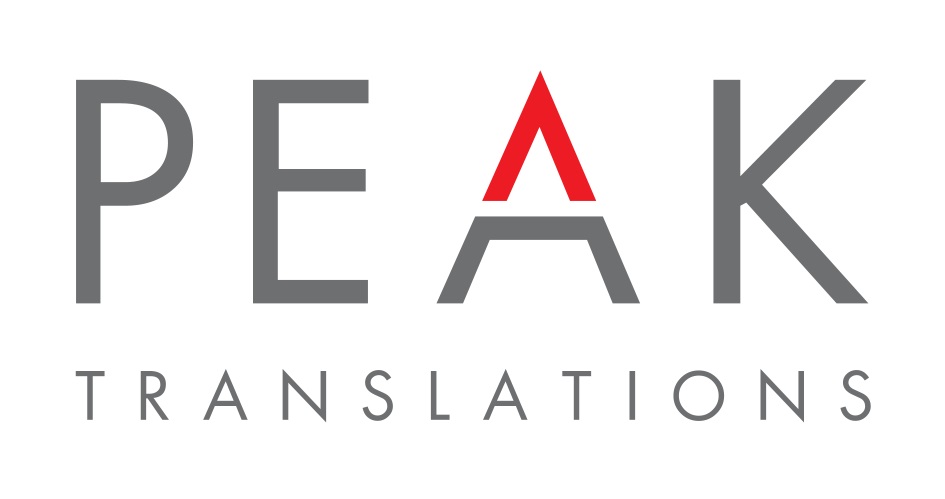 Add My Company
Add My Company
Sign In

Whilst Arabic might be one of the most commonly spoken languages in the world (the fifth most widely spoken language across the globe), it is one of the most challenging languages to translate. Below are five points to consider when translating from English to Arabic and vice versa:-
As Arabic is a member of the Semitic family of languages, there is a vast chasm of differences between the western world language of English (a member of the Indo-European language family) and Arabic. Translation between the two therefore requires a highly skilled and professional translator to effectively communicate across these cultural borders.
We know that English has various dialects across its own regional borders, as it does across the waters in the U.S. Australia and New Zealand. However, when it boils down to the nitty gritty of the language, we understand each other. Arabic on the other hand is a completely different kettle of fish. A dialect is not just a dialect but also a whole new language. Over the years Classical Arabic has been transformed into various different Arabic languages, which means that someone speaking Arabic from Morocco for instance could potentially have great difficulty understanding a fellow Arabic speaker from Syria. Therefore, make sure your translator knows the country you are targeting. There is also Modern Standard Arabic (MSA), which is accessible across the board for the likes of Arabic publications such as newspapers, online articles or books for example.
You would think that learning your ABC would be fairly straightforward. Not so when it comes to the Arabic alphabet. The two alphabets are worlds apart; whilst the English language has 26 letters, Arabic has 28, including letters with no equivalents in English. It is also useful to understand verbs where translation is concerned, since there are a few verbs that don’t exist in Arabic, like the verb ‘to be’ in the present tense. Conjugations of ‘am’ and ‘are’ are nowhere to be seen in Arabic, so for example, ‘where are they going?’ would be quite literally, ‘where they go?’. This is why it is necessary for a qualified and professional translator to carry out the translation as they are skilled in the art of adaptation.
Most text is read from left to right, is it not? Not where Arabic is concerned. Arabic script is read from right to left looking as if it is back to front. This would need to be taken into consideration when having brochures or booklets translated for example, as the pages would need to be in reverse order. An Arabic DTP specialist would be advantageous in this instance. Text is also written in a cursive fluid way, making differentiating between certain letters a challenge, with no distinction between upper or lowercase.
Be aware of cultural differences in translation where certain Arabic terms have absolutely no corresponding English meaning. E.g. ‘Hadi Al Ees’ meaning ‘Singing for the Camel caravan to gain speed’ has no English equivalent.
For more information on TIPS TO TRANSLATE ENGLISH TO ARABIC OR VICE VERSA talk to Peak Translations Ltd
Enquire Now
List your company on FindTheNeedle.

